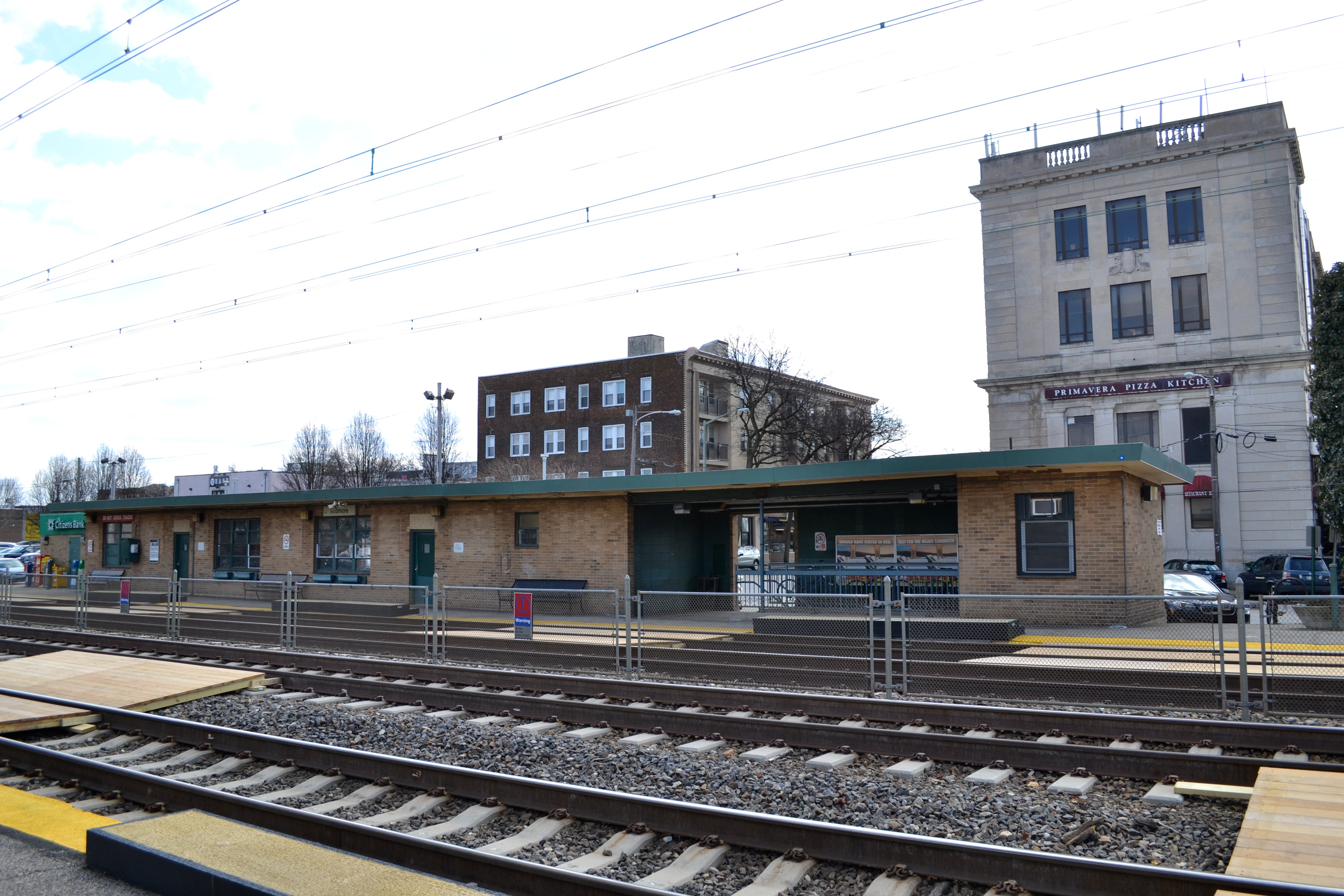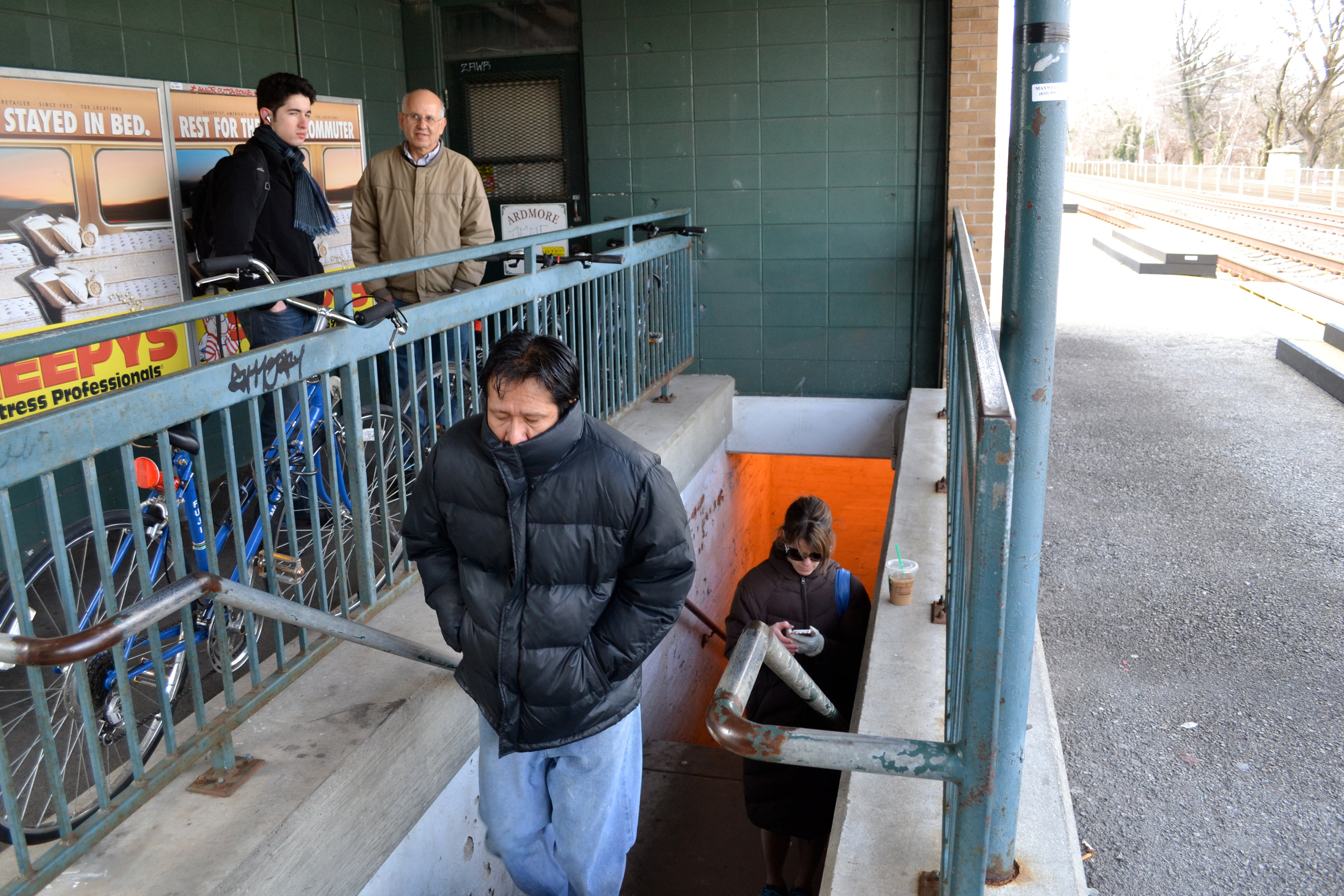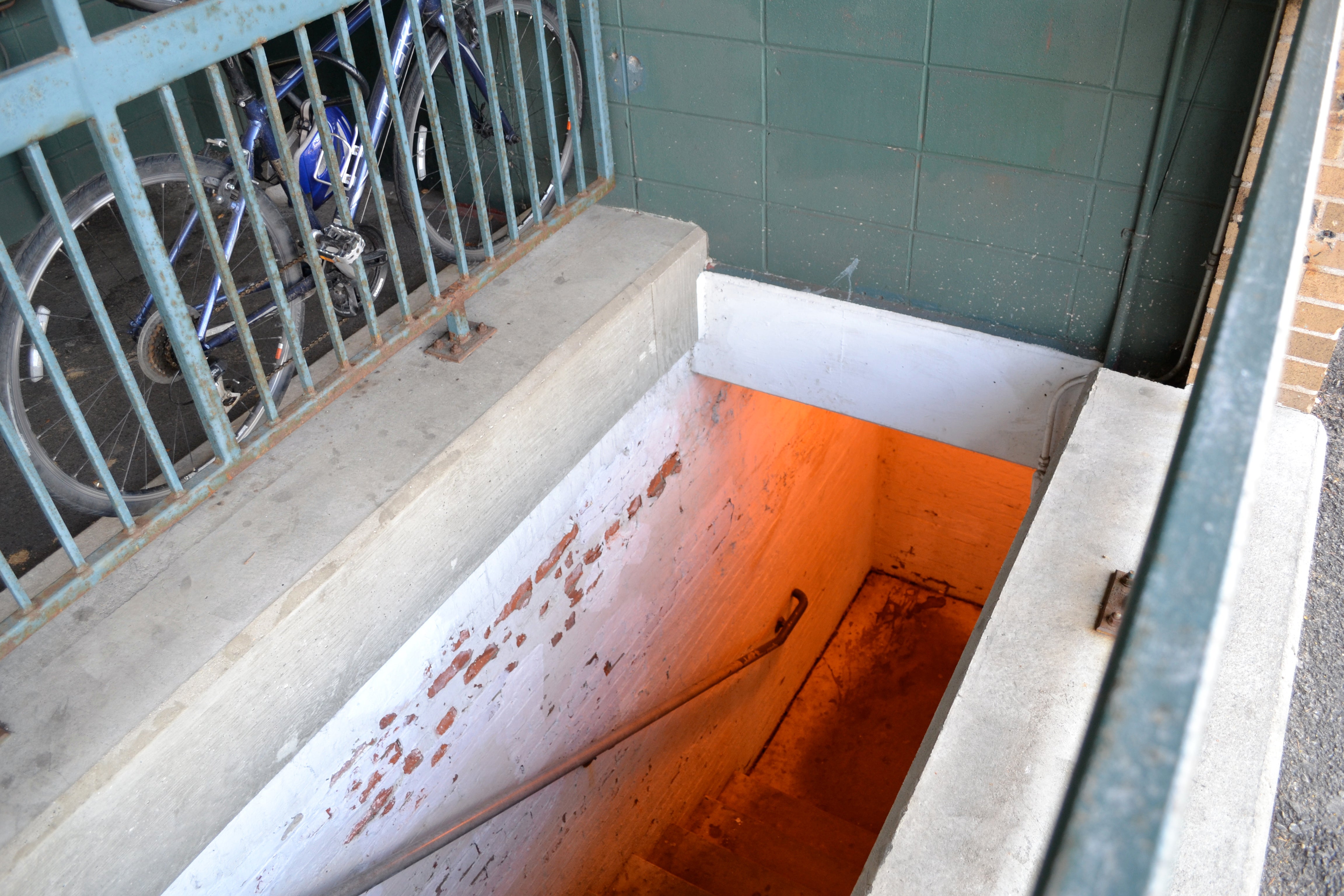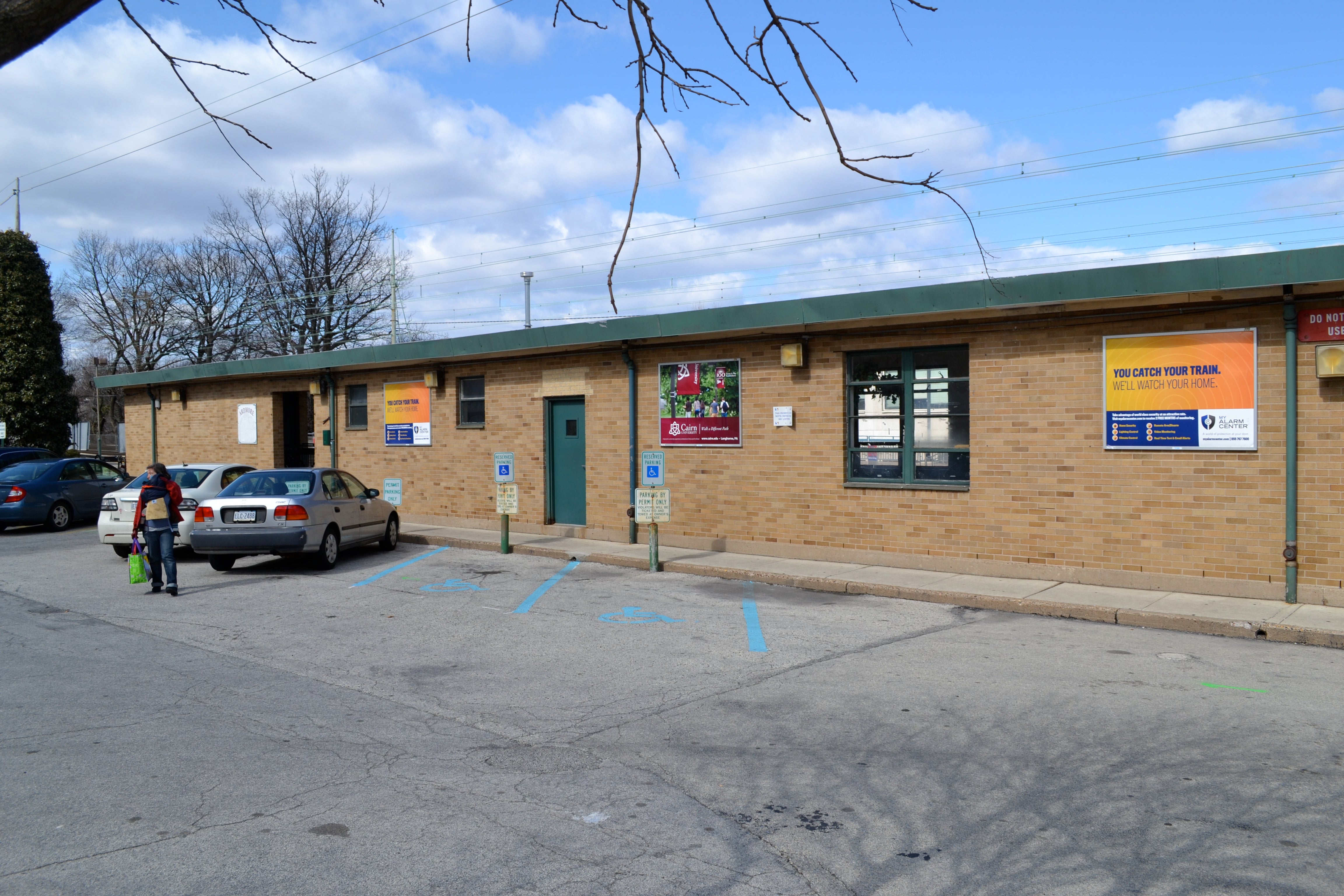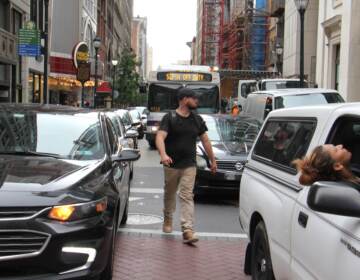Ten years later Ardmore Transportation Center still in the works
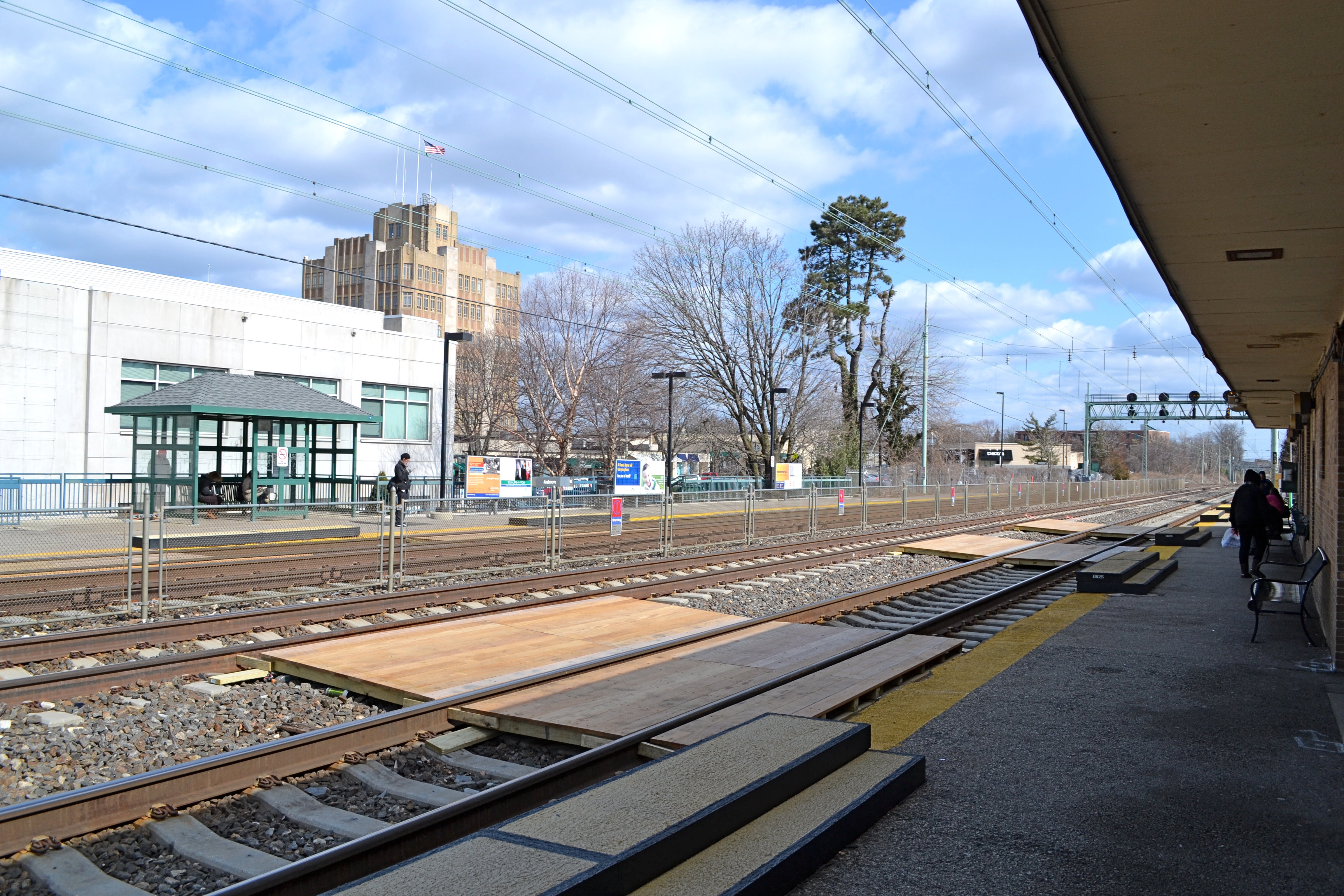
In 2003 the Lower Merion Township Board of Commissioners approved the Ardmore Transit Center Conceptual Master Plan. A decade later, one element of that plan, phase one of the Ardmore Transportation Center is back on track.
Thanks to $12.75 million in state and federal funding secured through PennDOT’s Keystone Corridor Plan, the $22.25 million phase one was added back to Delaware Valley Regional Planning Commission (DVRPC) Transportation Improvement Program (TIP). This means Lower Merion Township, SEPTA and Amtrak can resume work on the Ardmore Transportation Center.
Phase one will bring ADA improvements, including 528 feet of high level boarding platforms, pedestrian tunnel improvements and elevator, stair and ramp access to the new platforms. To facilitate the high level platforms the existing Amtrak station will have to be demolished, and the project will build new canopies, shelters and passenger amenities. Phase one will also bring improved lighting and parking garage foundations for phase two – a 300-500 space parking garage.
Phase one completion, which includes updated design and full construction, will take an estimated three years.
Decades in the making
Ardmore Station serves SEPTA’s Paoli/Thorndale regional rail line, Amtrak’s Keystone Service and five SEPTA bus routes. Amtrak makes roughly eight daily stops at the station, which also sees an annual average of 264,473 SEPTA regional rail passengers.
In addition, the station sits in the heart of downtown Ardmore, positioned between the Ardmore Historic Business District and Suburban Square.
In 1994, SEPTA toyed with the idea of building a parking facility at the station but thought that project would be best led by Lower Merion Township, said Angela Murray, Lower Merion’s assistant director of economic and community development. Nearly ten years later in 2003, the township approved the Ardmore Transit Center Conceptual Master Plan, which entailed three main elements: a reconstructed Ardmore Station, a parking garage and a mixed-use commercial and residential development located at the site of existing SEPTA/Amtrak and municipal parking lots.
Long story short, the township secured Dranoff Properties as the private developer for the mixed-use development, spent time designing said development, realized it was “just way over budget,” and decided to move the mixed-use portion of the project down the street, Murray explained.
For various reasons, including the slow progress of the private development and SEPTA’s loss of capital funding, SEPTA had to withdraw the funding it was going to commit.
“The project kind of died,” said Bob Lund, SEPTA’s assistant general manager of engineering, maintenance and construction.
Now, with the $12.75 million in funding from PennDOT and the previously secured $3.5 million Redevelopment Assistance Capital Program funds, $3.64 million Federal Transit Authority earmark and $2.35 million in future New Freedom funding, the project is being revived.
“It was always something that we felt was important,” Lund said. “Our top priority right now is our state of good repair – bringing stations, substations and other things up to a state of good repair – but since alternate sources of funding are available for this station, it’s good to move ahead with it.”
Lund said SEPTA has the staff and capacity to complete this project but is still in desperate need of funding for its state of good repair projects.
Ardmore Transportation Center design and construction
“To be really modern moving forward you really need the high level platforms, not even just for the accessibility but for the speed and ease of loading,” said Jeffrey D. Knueppel, SEPTA deputy general manager.
Murray said Lower Merion Township hopes to secure funding for phase two in the near future so that construction for both phase one and two can progress seamlessly. She said this would save construction costs and be less of strain on the community.
“We’ve met with our legislators, and we’re very hopeful that funds can be identified very quickly,” Murray said.
Phase two will advance another key component of the original 2003 Ardmore Transit Center Master Plan – an ADA accessible, multi-level parking garage with approximately 300-500 parking spaces and, potentially, an enclosed space for ticketing and passenger waiting.
WHYY is your source for fact-based, in-depth journalism and information. As a nonprofit organization, we rely on financial support from readers like you. Please give today.



